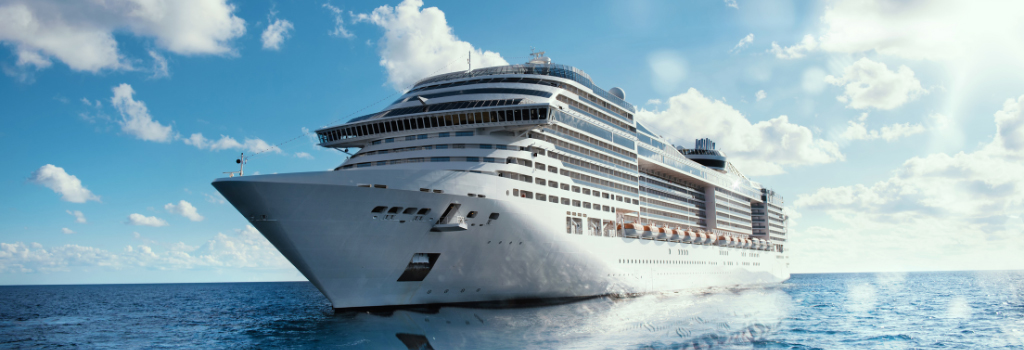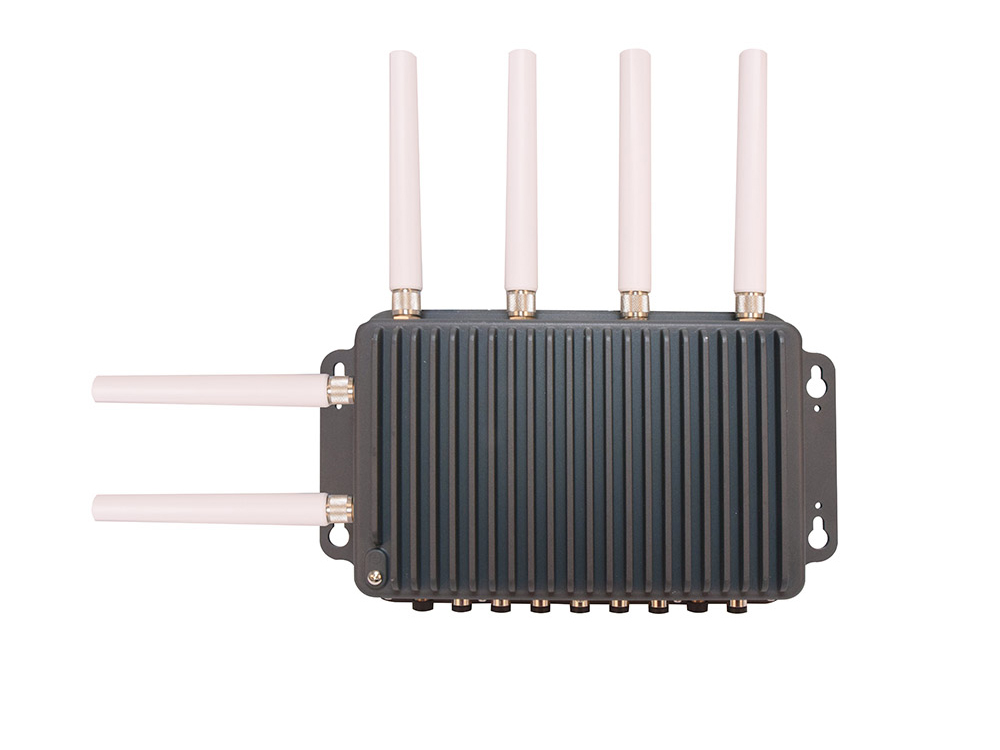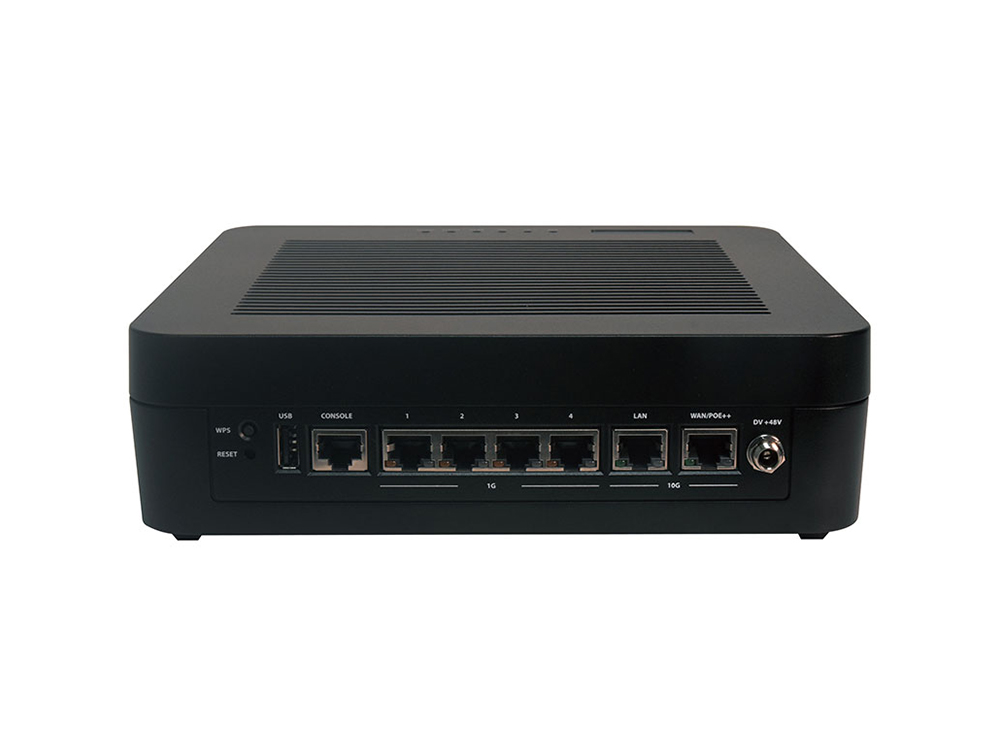Background
Along with other industries, the maritime industry is rapidly evolving and the latest technologies are revolutionizing the way cruise ships and yachts operate. Current maritime internet at sea maybe expensive and slow, while cruise ships have generally gotten a bad reputation for offering travelers slow and expensive Wi-Fi on board. However, the maritime industry's appetite for data bandwidth is growing and there are some advantages, but also some drawbacks to consider for satellite-based maritime internet.
Satellite-based maritime internet is reliable, making it ideal for travelers, sailors, and ships to stay connected while at sea and improved communications systems further enhance navigation capabilities. Satellite-based maritime internet is much faster than terrestrial internet, making it ideal for streaming video, downloading larger files, and other activities that require a fast connection. The main drawbacks of satellite-based maritime internet are cost and potential unreliability in certain areas.
Requirements
Maritime internet connections are essential for vessels that need to stay connected while at sea. A leading mobile SD-WAN solution provider collaborated with Lanner to design a jointly-developed hardware platform, which required the following features.
● High Availability
The platform must be capable of integrating satellite communications and 5G networks, managing multiple wide area network (WAN) links for more reliable connections.
● Scalable and Various Modular Design Expansions
The communication appliance must provide multiple NIC slots for LTE/5G, fiber, and Ethernet to satellite-based communications, combining the bandwidth of multiple connections to create one non-stop high-speed network for seamless connectivity even in remote areas.
● Weatherproof
The 5G outdoor cellular router must be able to withstand harsh, wet environments while maintaining powerful performance.
Solutions
Lanner’s platform allows an integration of satellite-based connections with 5G and other connections to create an enhanced reliable solution.
The NCA-6530 is a high-performance 2U rackmount network appliance powered by the Intel® Xeon® Processor Scalable family (codenamed Sapphire Rapids-SP), featuring powerful networking processing capability, higher throughput, advanced hardware-enabled security, and exceptional NIC module expansion. The appliance supports up to 8x NIC slots, max. 1536GB system memory, 6x hot-swappable fans, 1600W/2000W redundant power supply, Intel® QAT, and optional PCIe expansion. The NCS2-M201 expansion NIC module brings pre-certified Wi-Fi 6, LTE/5G wireless connectivity to compatible Lanner network appliances.
The ISD-O370 is an all-weather, fan-less edge network appliance, featuring an Intel® Atom C3000 processor with crypto acceleration, supporting 5G and Wi-Fi 6 connectivity, and IP67 & MIL-STD-810G environmental compliance. Designed as an outdoor, waterproof uCPE device deployed at the rugged edge, ISD-O370 enables routing, security, industrial IoT, and SD-WAN in the most demanding conditions. The ISD-O370 can operate in -40ºC to 70ºC environments, is protected from dust and water, and is fully compliant with MIL-STD-810G, a military standard that tests rugged network computers through a wide range of environmental conditions.
LWR-X8460, a 12-stream Wi-Fi 6E (802.11ax) access point network solution, is designed for the growing demands of increasingly crowded and dense Wi-Fi environments. With 4x4 MU-MIMO in 2.4GHz, 5GHz, and 6GHz Tri-Band, and compliant with IEEE 802.11a/b/g/n/ac/ax standards, the LWR-X8460 offers fast and secure Wi-Fi connectivity.









